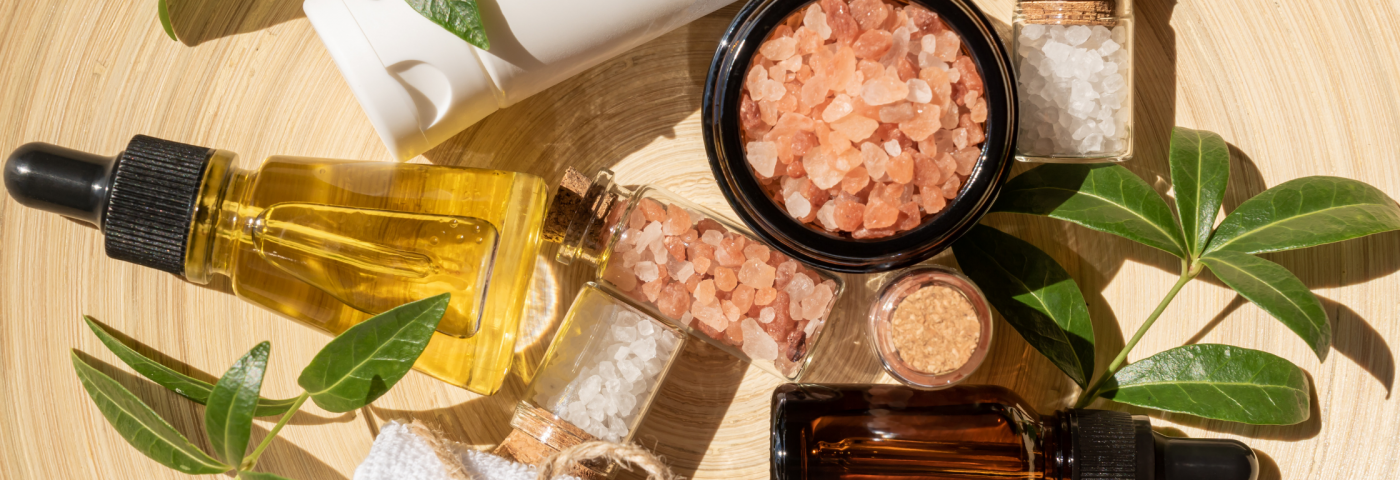‘Greenwashing’ – implying a product is more eco-conscious than it actually is – has become a huge problem in the global cosmetics industry. So much so, multiple countries around the world have released various ‘green claims’ guidelines to limit false impressions when marketing cosmetics to attract conscious-living consumers.
Often, brands don’t realise they are overusing green claims in their cosmetic marketing. In some cases, they simply don’t understand cosmetic ingredients, or the supply chain properly, and then make claims they believe to be true without checking facts properly first.
How can you be sure your cosmetic brand doesn’t cross the line into non-compliance, but still maintain its competitive edge – especially when it really is as green as you claim?
- Green cosmetic claims must be truthful and understandable
Make sure your cosmetic brand:
- does not use fancy terms to make your cosmetic products sound greener than they are.
- don’t re-communicate what you see another cosmetic brand doing if you don’t hold evidence to support the statements about your cosmetic products.
- do not create logos to imply a cosmetic product is greener or more sustainable than it is.
- consider the entire lifecycle of the cosmetic products – ‘green’ and ‘sustainable’ statements may not apply to the product from its sourcing to disposal – and if they don’t, your claim is misleading. If you can’t show the appropriate evidence from cradle to grave, don’t make the statement.
- don’t put ‘source’ ingredients in brackets after a cosmetic ingredient if there are other sources you aren’t claiming. If you want to put a source material in a bracket, you should name all source materials – including the synthetic ones. Some cosmetic ingredients may not be as natural as you think – and have you checked the rules to see if your cosmetic product is really organic?
Instead, make sure you:
- use third party certification and logos to prove the green statements about your cosmetic marketing OR provide accurate % inputs for the natural or organic ingredients.
- check all packaging components and hold evidence to support claims about its biodegradability, sourcing, and recycling status.
- don’t use fancy terminology your consumer may not understand – use truthful, transparent statements to earn their trust.
- Green cosmetic claims must be based on evidence
Ensure you:
- do not interpret and/or communicate evidence in For example, recyclable is not biodegradable; a product produced with low carbon footprint cosmetic ingredients no longer has a low carbon footprint if its shipping and manufacture doesn’t follow the same principles.
- double check statements to reflect the evidence you hold.
- ensure sources are credible and hold the evidence before making the cosmetic marketing claim.
Do this instead…
- when you hold the evidence first, your cosmetic claims will always be correct – it saves hours of desperate searching for evidence later!
- credible evidence enables you to communicate messages using accurate terminology.
- use % inputs or other specific identifiers to qualify your statements based on evidence – it builds transparency and trust.
- Don’t omit or hide information to sound greener
Keeping certain information from a consumer is as bad as making a false claim. If your cosmetic brand is truly green – its ingredients, packaging, shipping and business practices – there is no need to omit information.
The use of * to add footnotes about your claims could indicate your cosmetic claims are dubious. If you need to use a * and fine print to explain the claim, then it probably shouldn’t be made. Use * only where you are citing evidence.
Take this approach instead:
- if you are tempted to ‘hide’ key information, fix it!
- if you want to claim a cosmetic product is 90% natural (or similar), then make % natural claim across all products in your cosmetic range. If you don’t want to admit the % natural content of some products because it is not very high… reformulate!
- Don’t make unmeaningful comparisons
Don’t pretend your cosmetic product is ‘greener’ than another, or than it used to be, if the comparison is not fair or meaningful. Here are some examples:
- claiming a cosmetic product is 50% more natural (or other %), when the original product had a very low natural % initially. For example, 3% is 50% more than 2%, but it’s still very low.
- ‘obvious’ claims are meaningless; for example, ‘using natural plant extracts’ – because all plant extracts are natural.
- claims of avoiding unnatural ingredients that wouldn’t be used. For example, ‘does not include synthetic preservatives’ for a balm or oily serum, when any type of preservative would not be used.
Ensure you:
- use % inputs accurately, based on evidence you hold for each cosmetic ingredient or packaging component.
- highlight benefits when comparing to a non-green version of the same ingredient. For example, ‘uses a natural vitamin A alternative’ when describing a plant extract with vitamin A activity.
Can cosmetic ‘greenwashing’ be a good thing?
Consumers are drawn to eco-responsible cosmetic brands, so highlight your eco-conscious formulations, packaging, and business principles where possible. The key message is: be truthful with your cosmetic marketing from evidence you hold; and if you can’t, make changes to your cosmetic products until you can.
Happy (green) formulating!
Enjoyed this article? Get more by subscribing to our newsletter!
Feeling inspired to see ingredients and trends in action?
Then why not visit one of the in-cosmetics events around the world?

